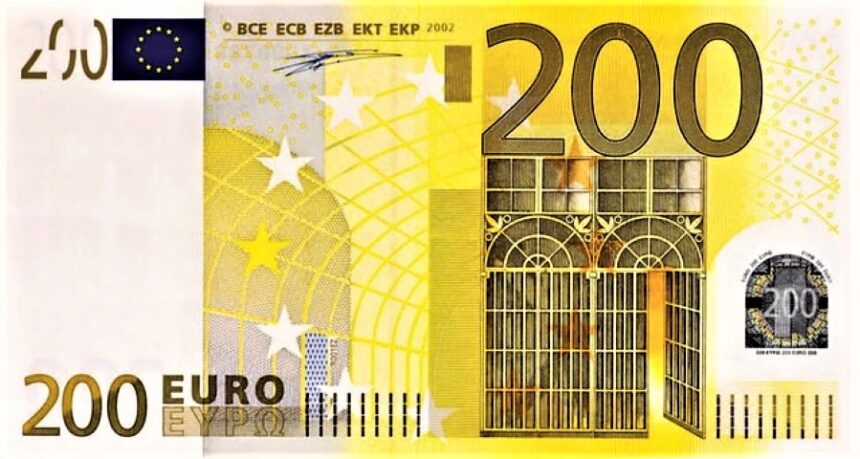EURUSD attracted some sellers below the psychological level of 1.0900.
During the early European session on Monday, the EURUSD pair loses momentum. Following shockingly low inflation readings in major economies, traders are betting that the European Central Bank (ECB) will slash interest rates next year, kicking off a more aggressive easing cycle.
The market is pricing in a rate decrease of 50% as early as March. As a result, the Euro (EUR) is under considerable selling pressure. At the time of writing, the EURUSD is trading around 1.0874, down 0.07% for the day.
EURUSD Technical Outlook
The EURUSD bullish outlook is weak; the RSI indicator is below the 50.0 midpoint.
The 1.0900-1.0910 zone serves as an immediate resistance level, while 1.0827 serves as an initial support level.
The EURUSD bullish outlook appears susceptible on the four-hour chart, as the major pair hovers around the crucial 100-hour Exponential Moving Averages (EMA). A decisive breach below this level will confirm the negative view. Furthermore, the Relative Strength Index (RSI) is below the 50.0 midpoint, indicating that further fall is possible for the time being.
The region of 1.0900-1.0910 works as an immediate resistance level for EURUSD. The specified level represents the intersection of the 50-hour EMA and a psychological figure. The next stumbling block is a high of 1.0965 on November 21. Any subsequent buying above the latter will see the surge continue to the next upside hurdle at 1.1000 is a round mark and the upper boundary of the Bollinger Band.
On the other hand, the lower limit of the Bollinger Band at 1.0827 will serve as early support. Another downward filter to keep an eye on is a high of 1.0755 on November 6, followed by a low of 1.0660 on November 9.









